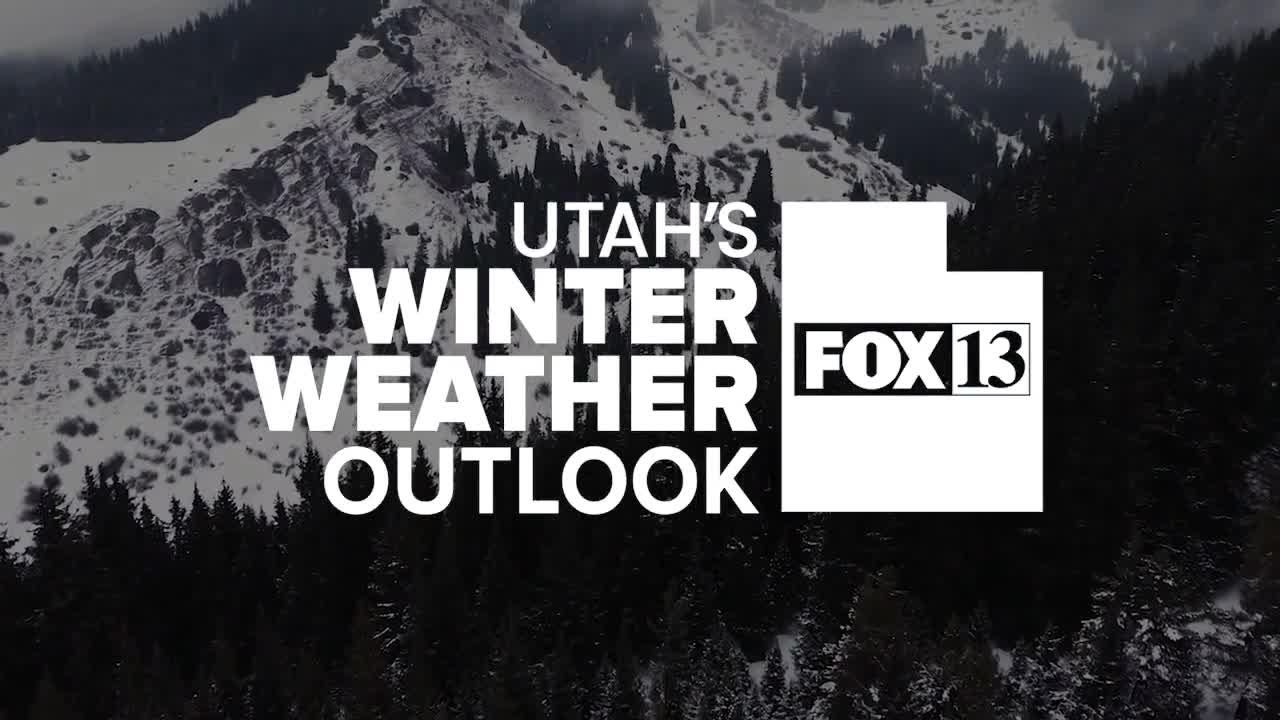What kind of winter will Utah see this year?
Utah's Weather Authority meteorologists are breaking it all down in our Winter Weather Special. We’re taking a deep dive into the long-range trends shaping up across the state — and what shifting patterns in sea surface temperatures in the Pacific Ocean could mean for snow, drought, and everything in between. Before we zoom in locally, we’re going to show you the big picture: explain what the developing La Niña is and how it’s expected to steer storm tracks this winter.
In northern Utah, Meteorologist Brek Bolton heads up into the mountains to see what this pattern could mean for snowpack and ski season. The outlook suggests fewer blockbuster storms like the atmospheric rivers of recent years, but more frequent cold “nickel-and-dime” snow events — good news for powder hounds and for keeping those dreaded inversions at bay. Meteorologist Damon Yauney then turns the focus to the northern valleys, explaining how a colder setup could mean more snow down low — and what that means for air quality when inversions do take hold.
Meanwhile, Nate Larsen explores what central and eastern Utah can expect under La Niña’s influence. Those regions start the season on the dry side, and if the jet stream doesn’t dip far enough south, snow totals could once again fall below average — especially in the Book Cliffs and La Sal Mountains. Still, all it takes is a few well-timed storms to make up ground and boost local water supply.
And to the south, Madi Baggett shows how La Niña often leaves the region warmer and drier than normal, which could mean reduced snowpack, lingering drought, and a longer wildfire season. The silver lining? Recent rains have helped ease conditions a bit heading into winter. From snowpack to storm tracks, our team is showing how the science translates to your backyard — and what kind of winter you can expect this year.



